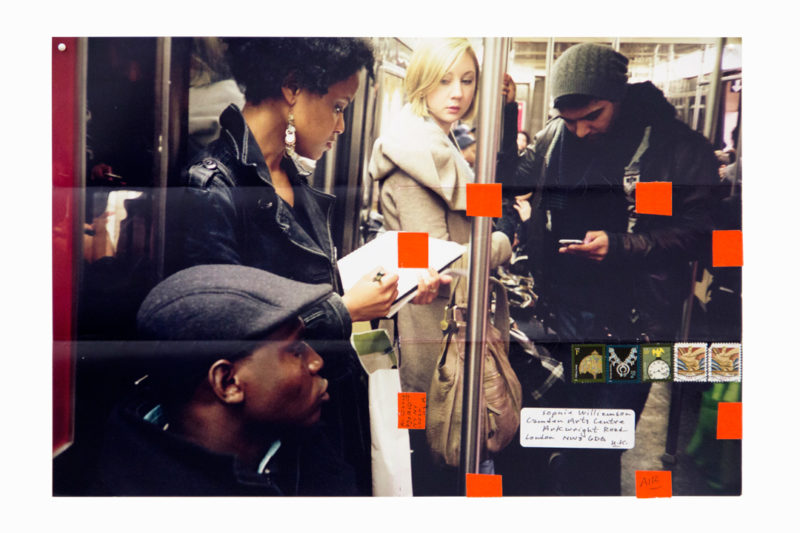[Fall 2021]
By Nicolas Mavrikakis
[Excerpt]
Is there such a thing as left-wing extremism? In recent few months, various events have highlighted the growing hold on the left of can- cel culture – which should, rather, be called erasure or obliteration culture – a way of doing things associated with dictatorships (on the right and the left) that, in Western democracies, once seemed to be the prerogative of religions and the reactionary right. Democratic societies have censored books, films, and works of art thanks, among other things, to the Index and repressive moral laws. The left seems to be increasingly adopting this attitude, believing that it knows the absolute truth and can decree who is right and who is wrong, and even who is guilty.
In the art world, a certain faction of the left, rather than de- fending freedom of thought and creation, is applying dogmas and setting out to hunt down and denounce oppressive plots in all forms of representation. It also sees fit to reduce art to the life of the artist, without considering the quality of the works. This faction wants art that is moral and bland, with no grey areas.
University professors are accused of being racist when they dare to say out loud in the classroom the title of thinker and activist Pierre Vallières’s book White Niggers of America (which was first published as Nègres blancs d’Amérique in 1968).1 The idea that Marieke Lucas Rijneveld, a white Dutch author, would translate a poem by Amanda Gorman, a Black American author, caused such a backlash that the translation was cancelled. At the Montreal Museum of Fine Arts, the word “primitive” was excised from an exhibition on Picasso and African art even though the avant-gardes of the time used the word to positively define the pure and authentic energy of non-Western- ers. And I could go on. So, will books by Céline be banned? And Nabokov’s Lolita? Do we have to be reminded that a work is not necessarily the champion of the morals it describes (an accusation made of Flaubert’s Madame Bovary)? Must it be restated that the perversions presented in a work will not convert their reader or viewer? As art historian René Payant says, there is a difference be- tween what a text or a work says and what it does, what reactions and thoughts it stimulates.
As priests once did with their flocks, today we must make artists’ works and private lives speak – make them confess their sins, their scandalous intimate details, their unhealthy obsessions…
See the magazine for the complete article and more images: Ciel variable 118 – EXHIBITING PHOTOGRAPHY

